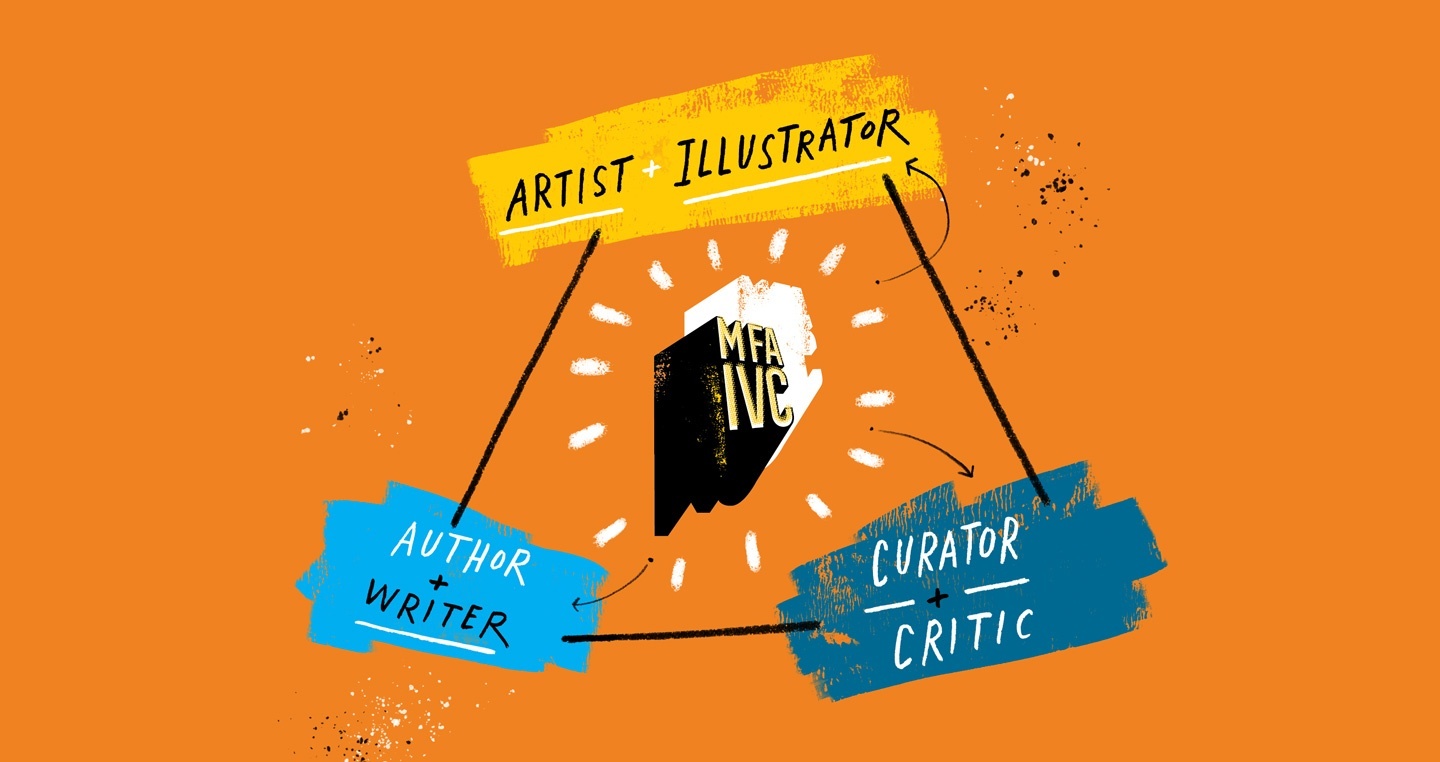MFA-IVC Curriculum

Degree Requirements

Credits may not be transferred from another institution into the MFA IVC program. Potential candidates must apply directly to the program.
A. Illustration Studio Practice Courses: 30 credits
B. Hands-On Archive Work: 6-12 credits
C. Visual Culture History & Theory Courses: 12 credits
D. Electives: Academic/Studio/Art History: 6-12 credits
Students have the opportunity to take 2 or 3 elective courses (6 or 9 credits) to align with their interests. These courses may be taken in any of the studio areas of the Graduate School of Art (for example, a course in printmaking, or in the Kranzberg Studio for the Illustrated Book), or from any academic area of any professional school at Washington University. Students may take undergraduate courses for graduate credit with additional projects. Some sample electives include:
• Applied Illustration • Narrative Comics • Type and Image: Experiments on Press • Typography • Illustration Concepts and Media • Game Design • Animated Worlds • The Illustrator’s Sketchbook • Image & Story • Branding and Identity • Additional Courses in: Visual Culture, Art History, Printmaking, Painting, and Book Arts

